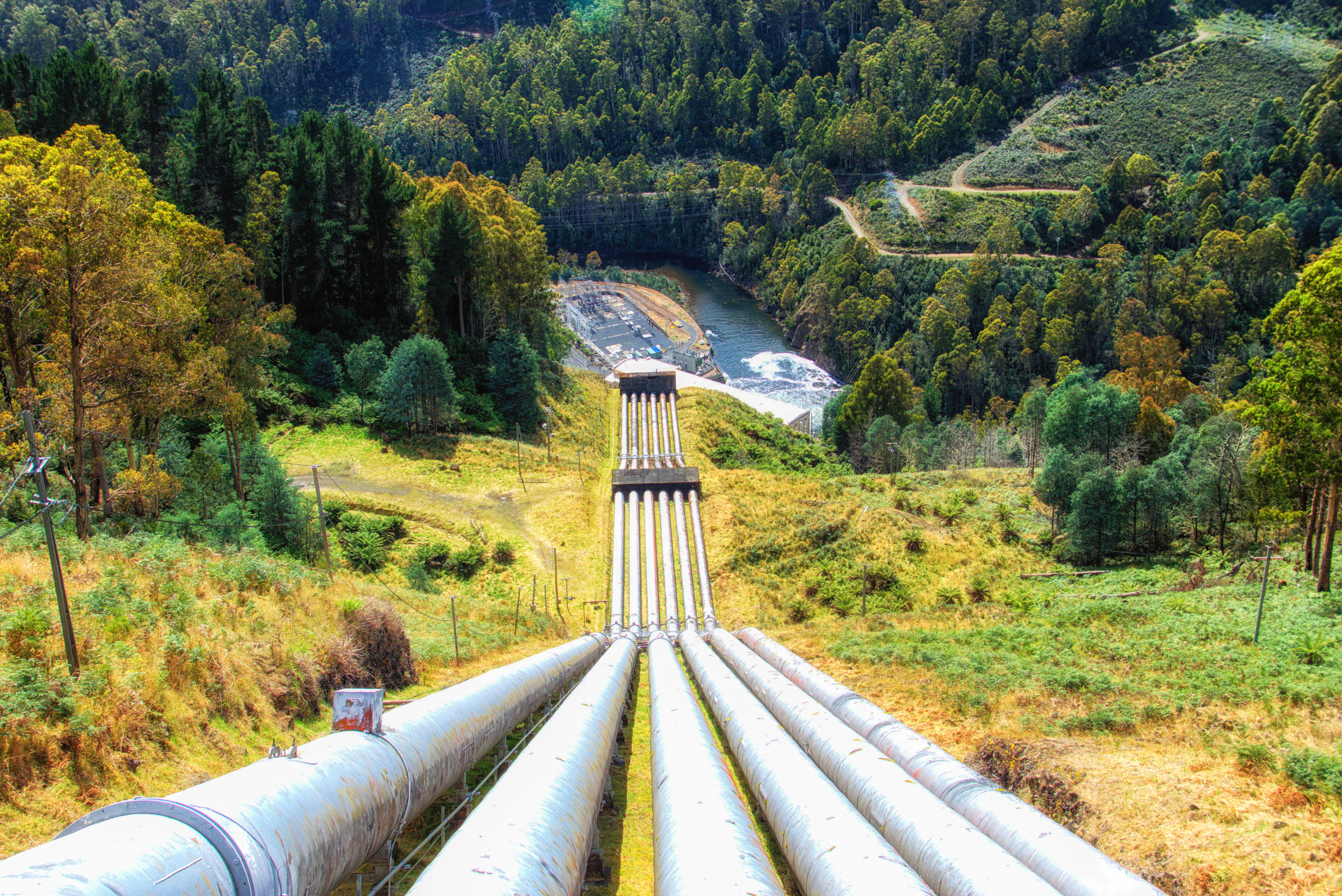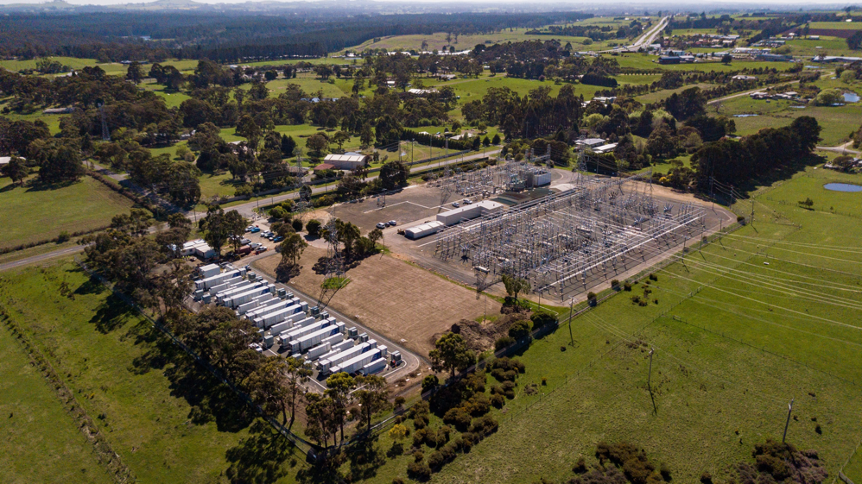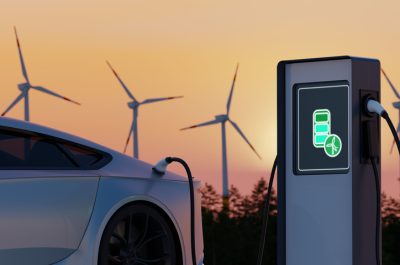Tech Plan to put the spark into storage
We’ve all heard how electricity can’t be stored and this is true.
Electricity must be converted to some other form of energy to be stored, like potential energy in pumped hydro and flywheels (two of our oldest storage technologies), cold energy in liquid air energy storage, or chemical energy in a battery.

Pipes for a pumped-storage power plant
But energy storage goes beyond just batteries. It can also encompass heat in a hot water tank, gas in bottles, tanks and pipes and a means of smoothing out renewable energy and electric hot water. Storage can be just as useful as a battery, providing demand in the middle of the day, when solar generation is at a peak and demand is at a minimum or using demand, like making hot water or charging a battery fills in that midday slump in demand.
Energy storage, like the penknife – another useful tool on an adventure – comes in different sizes and can be used in different ways.
The Technology Roadmap is seeking electricity storage to help “firm” renewable generation through short term variations, such as a drop in the wind (or very strong winds) and when scudding clouds reduce solar generation.
Here electricity storage that can “sprint” is needed, typically, a battery is ideal for this application, since it is the “hare” of the electricity storage spectrum, it can quickly smooth the ups and downs of variable generation to deliver a predictable output. Delivering smoothing is hard on a battery though, which is better for near-complete discharges followed by full recharges, rather than quickly nipping between the two.
Often meeting demand in the evening can be a challenge and again a battery can be useful here, with a steadier release of energy over an hour. This is probably the best application for a battery.
Longer duration electricity storage, the “tortoise”, is also critical for longer periods of either calm and dull weather and particularly during winter, when solar generation reduces.
Pumped hydro is a long duration storage technology, as is compressed air energy storage, where underground caverns are filled with pumped air, which is then released through turbines to generate electricity. Liquid air energy storage is very similar, but the air is compressed further and stored as liquid nitrogen, which is then expanded through turbines to generate electricity.
Long duration storage requires a technology that is more akin to a marathon runner, with a steady and multi-hour discharge, rather than the Usain Bolt short burst of high energy approach.
While batteries are well-established and electric hot water tanks are well-established as sources of flexibility, the long duration technologies (bar pumped hydro) are not as well established.
Other issues with electricity storage are the location and size of any facility.
Pumped hydro and compressed air energy storage need the right geographic conditions – a valley or an airtight cavern. While there are energy dense battery chemistries, larger scale batteries can also occupy considerable space. Pumped hydro is dependent on having sufficient rain to keep the upper and lower lakes filled.
Distribution network service providers (DNSPs) are using customer batteries and hot water tanks to provide network support and DNSPs are also exploring the use of their own batteries to manage and support the operation of networks.
DNSPs accessing hot water tanks is relatively straightforward using a tariff (e.g. Tariff 33 used by Energy Queensland), but accessing customer batteries is more complex and usually achieve via an aggregator or retailer (e.g. Horizon Power’s Onslow Microgrid). DNSPs facilitating access to the wholesale market to provide energy and frequency support is already happening in South Australia, with SA Power Networks and the Tesla Virtual Power Plant.

AusNet Services’ Ballarat Battery Storage (Source: Energy Australia)
Networks are trialling owning and operating batteries such as ElectraNet’s Dalrymple Battery, Ausgrid’s community batteries, United Energy’s pole top batteries and Ausnet Services’ Ballarat battery and proposed Mallacoota microgrid, to resolve a variety of network issues. Some of these trials involve complex contracts with other parties to facilitate charging and discharging the batteries (energy) and accessing the wholesale market to provide system services, which will ultimately reduce the investment cost for the battery.
The complex arrangements are needed address ringfencing requirements, which prevent a network business from undertaking other activities such as generation, even where network ownership and operation of electricity storage offers long term benefits to consumers.
As networks innovate to facilitate customers’ desires to deploy solar PV and other DER for a more sustainable system, storage is a key technology that will not only help people self-manage their energy costs, but potentially earn rewards for when their energy storage supports the DNSP or AEMO to reliably run their systems. Network owned storage, such as community batteries, allows customers and DNSPs to partner to deliver mutual benefits and progress to the flexible system of the future.


